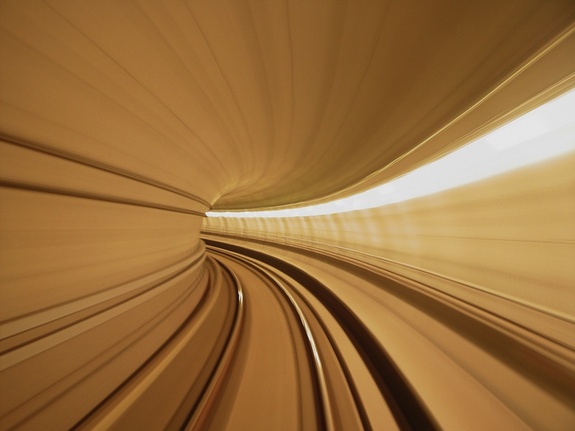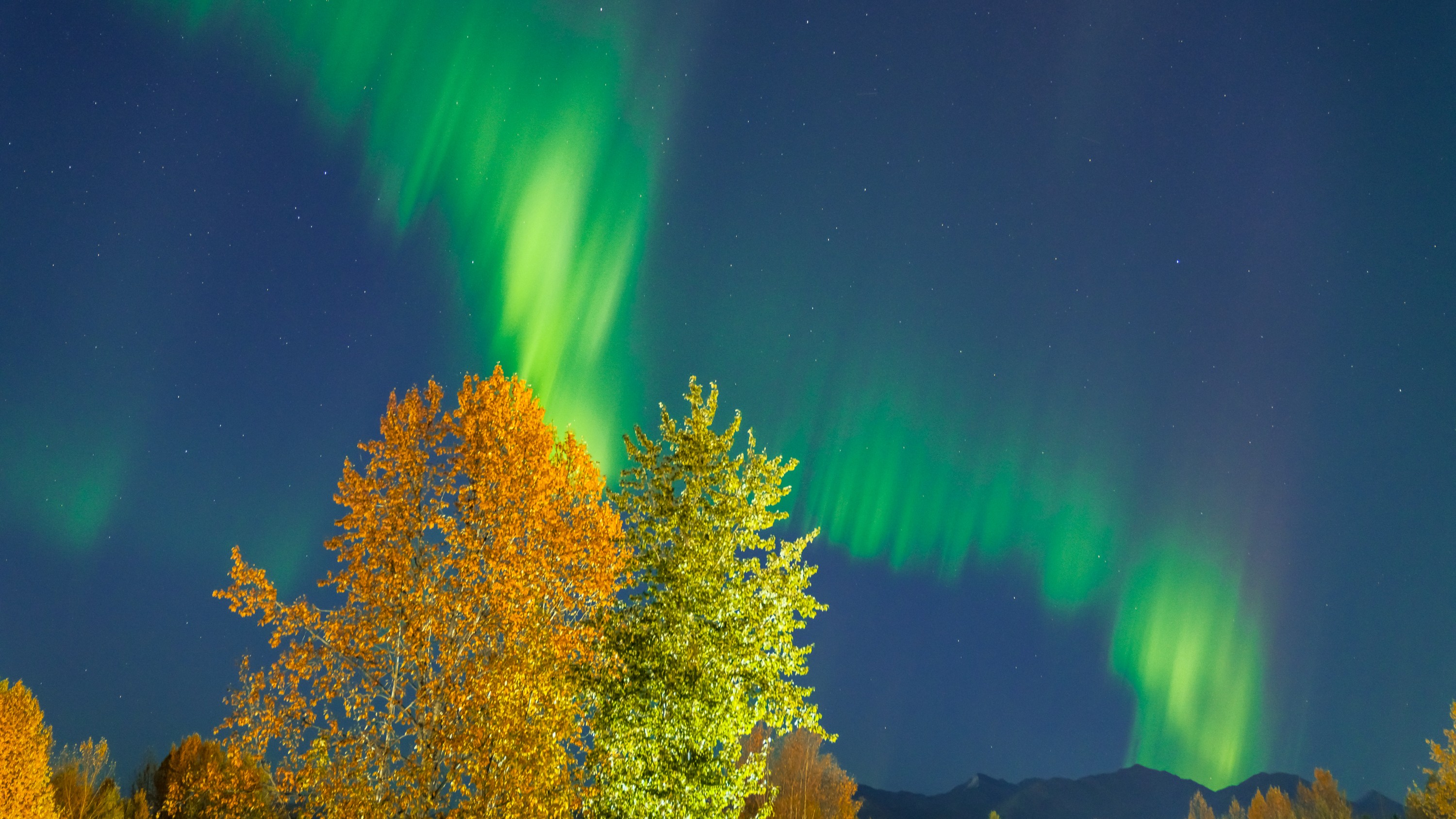Answer to Shocking 'Faster-Than-Light' Particles Expected Soon

VANCOUVER, British Columbia — Physicists stunned the world last year by announcing they'd seen signs that particles called neutrinos were traveling faster than light — a feat thought to be proven impossible by Einstein. Ever since, other researchers have been racing to try the experiment on their own to see if the findings hold up.
Some results of these tests should be announced this spring, scientists said Friday (Feb. 17) here at the annual meeting of the American Association for the Advancement of Science.
"It's very hard to find an error by reading a paper," said particle physicist Rob Roser of the Fermi National Accelerator Laboratory (Fermilab) in Batavia, Ill., who was not involved in the original experiment. "What you need is for someone else to make the measurement. We'll see what happens."
Shocking finding
The bizarre finding was first reported in September 2011, when physicists at the CERN laboratory in Geneva, Switzerland, announced that an experiment called OPERA had measured the tiny subatomic particles apparently breaking what was thought to be the ultimate cosmic speed limit.
OPERA sends neutrinos 454 miles (730 kilometers) underground to the INFN Gran Sasso Laboratory in Italy, and measures how fast they take to make the trip. While researchers expected the almost-massless particles to travel at near light speed, they actually appeared to arrive at their destination about 60 billionths of a second sooner than light would have.
If this really occurred, it would contradict Albert Einstein's special theory of relativity, and throw much of physics into upheaval. [10 Implications of Faster-Than-Light Neutrinos]
Get the world’s most fascinating discoveries delivered straight to your inbox.
Double check
The discovery was met with shock and skepticism by most physicists, including the members of the OPERA team themselves.
Joked Sergio Bertolucci, research director at CERN, the finding is hard to believe because "nothing in Italy arrives ahead of time."
The researchers immediately invited other experts to weigh in and try to reproduce their results to either confirm or disprove the finding. And that's just what they've been doing.
Several attempts to recreate the OPERA experiment have been undertaken around the world, including one in Japan called T2K (Tokai to Kamioka), and another, called MINOS, at Fermilab.
MINOS sends neutrinos from its location near Chicago to a mine in northern Minnesota. Last fall, MINOS didn't have the right equipment to make a measurement sensitive enough to prove or disprove the OPERA results. Since then, the lab has installed new hardware and started up the experiment.
"They started two weeks ago collecting data," Roser said. "I would expect you would hear in May or June what Fermilab's answer is."
Other sources of error
In addition to looking to outside measurements, the OPERA researchers have tweaked their experimental setup to address concerns raised by other scientists about potential sources of error.
For example, some worried that the use of GPS satellites to time the departure of the neutrinos from CERN in the original experiment was introducing flaws. In response, the OPERA physicists conducted the experiment again, using only atomic clocks to measure timing, and still came up with the same result.
"They’ve changed a number of things, which might have brought them into some doubt," Bertolucci said. "It is very difficult and the fact that nobody was able to find an easy solution immediately means essentially they’ve done their job."
If other experiments like MINOS and T2K also measure neutrinos traveling faster than light, it doesn't rule out that an error no one thought of is plaguing all the experiments. However, it makes the likelihood of an error much more remote, Roser said.
"I don't know which I'm rooting for," Roser told LiveScence. "If three or four different experiments around the world see the same thing it's hard not to be convinced."
For evidence that sometimes shocking results are true, Bertolucci pointed to the famous 1887 experiment by Albert Michelson and Edward Morley that disproved the notion, popular at the time, that the universe was filled with a medium that carries light called an ether.
"They found a result totally incompatible with the present theory of the time, but they were right," Bertolucci said. "We have to just keep an open mind."
You can follow LiveScience senior writer Clara Moskowitz on Twitter @ClaraMoskowitz. For more science news, follow LiveScience on twitter @livescience.

